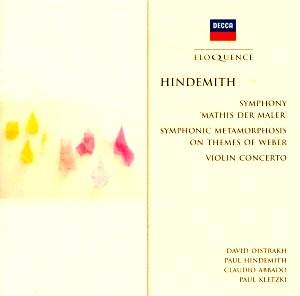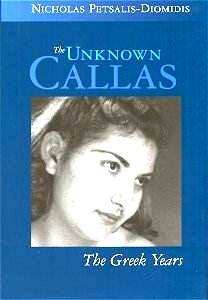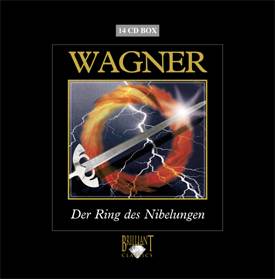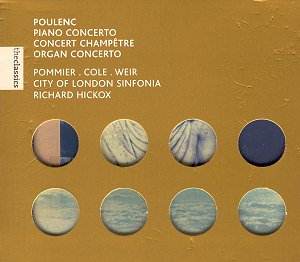 Composer: Paul Hindemith
Composer: Paul Hindemith
Works: Violin Concerto (1939), Symphonic Metamorphosis on themes by Weber (1943), Symphony Mathis der Maler (1934)
Performers: David Oistrakh (violin), LSO, composer (Concerto), LSO, Claudio Abbado (Weber), Orchestre de la Suisse Romande, Paul Kletzki (Maler)
Recording: Recorded October 1962 (Concerto), February 1968 (Weber), November 1969 (Maler)
Label: DECCA
The resurgence of interest in Paul Hindemith’s oeuvre is a welcome development as we navigate the complex landscape of 20th-century music, particularly those works which suffered under the shadow of political strife. Hindemith’s Violin Concerto, written in 1939, and the subsequent orchestral works in this collection—Symphonic Metamorphosis on themes by Weber and the Symphony Mathis der Maler—represent pivotal moments in a composer’s journey marked by both personal and societal upheaval. Hindemith’s music embodies a synthesis of traditional forms and modern sensibilities, and this recording, featuring eminent artists such as David Oistrakh and conductor Claudio Abbado, offers a compelling exploration of these themes.
David Oistrakh’s interpretation of the Violin Concerto is nothing short of magisterial. His performance brings forth a nuanced understanding of the work’s emotional landscape, especially in the Langsam movement at 7:40, where he unfolds a lyrical line imbued with nostalgia and introspection. Oistrakh deftly balances the concerto’s elements of humor, reminiscent of Shostakovich, with moments of profound pathos, achieving a delicate interplay between the virtuosic demands of the music and its lyrical qualities. The composer’s presence during the recording adds an authoritative depth to this interpretation, making it a distinctly significant document. Oistrakh’s phrasing, marked by subtle inflections and dynamic shading, reveals the underlying tension between the past and the present, a struggle that Hindemith himself grappled with as he distanced himself from the aesthetic ideals of the Nazi regime.
The recording quality is exemplary, capturing the vibrant orchestral textures that Hindemith often employed, particularly in the Symphonic Metamorphosis. Under Abbado’s baton, the London Symphony Orchestra delivers a performance that is both tender and robust. The orchestration, rich with layers, is clearly articulated, allowing the listener to appreciate the intricate interplay of themes derived from Weber’s piano works. Despite some criticisms regarding the perceived density of sound in this piece, Abbado manages to maintain clarity, particularly in the Andantino, where a heartfelt simplicity emerges. This movement defies Hindemith’s sometimes harsh reputation, showcasing a gentler side that speaks intimately to the listener.
Turning to the Symphony Mathis der Maler, conducted by Paul Kletzki with the Orchestre de la Suisse Romande, we encounter a work that serves as a poignant reflection on the artist’s role amid societal turmoil. The symphony’s three movements encapsulate a spiritual conflict, mirroring Hindemith’s own experiences of exile and artistic dislocation. Kletzki’s interpretation is emotionally charged, particularly in the climactic final movement, Versuchung des heiligen Antonius, where the brass section delivers a thrilling intensity that penetrates deeply into the listener’s consciousness. The performance, while compelling, leaves room for exploration of the work’s deeper layers—an indication that this symphony’s complexities might yet yield further insights with repeated hearings.
The recordings in this collection not only highlight the technical prowess of the performers but also reflect the historical significance of Hindemith’s music in a turbulent era. The interplay of his intricate musical language with the interpretative choices of Oistrakh, Abbado, and Kletzki creates a rich tapestry that invites both critical analysis and emotional engagement. The engineering quality of this Decca release allows the listener to immerse themselves fully in the sonic world Hindemith crafted, ensuring that each nuance is heard with clarity.
This collection stands as a testament to Hindemith’s enduring relevance in the canon of classical music. The performances are both technically accomplished and deeply expressive, showcasing the intricate balance between innovation and tradition that defines Hindemith’s work. The synergy of the artists involved and the historical significance of these compositions culminate in a recording that is not only a valuable addition to any collection but also a moving exploration of the artist’s psyche during a time of great personal and political upheaval.



